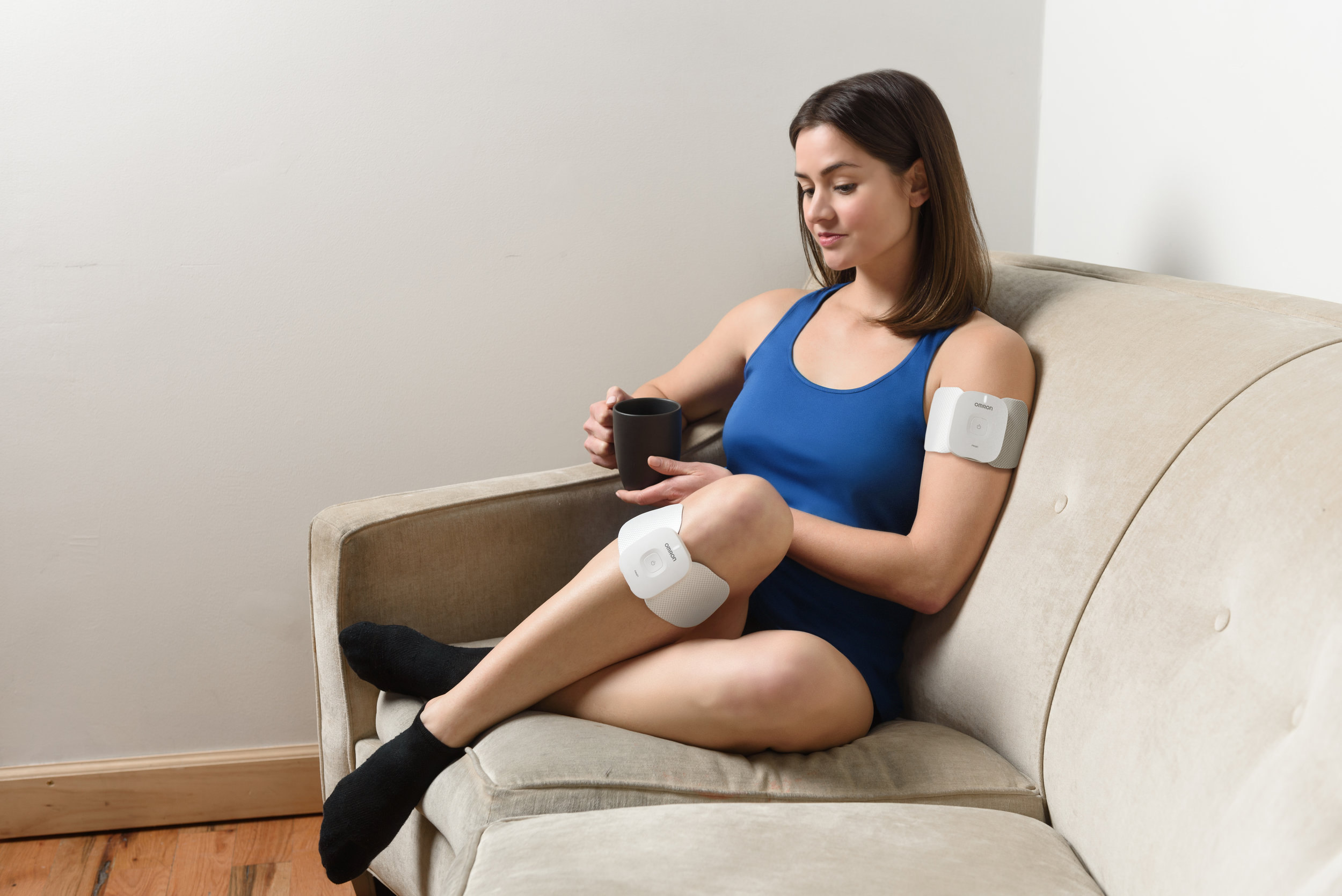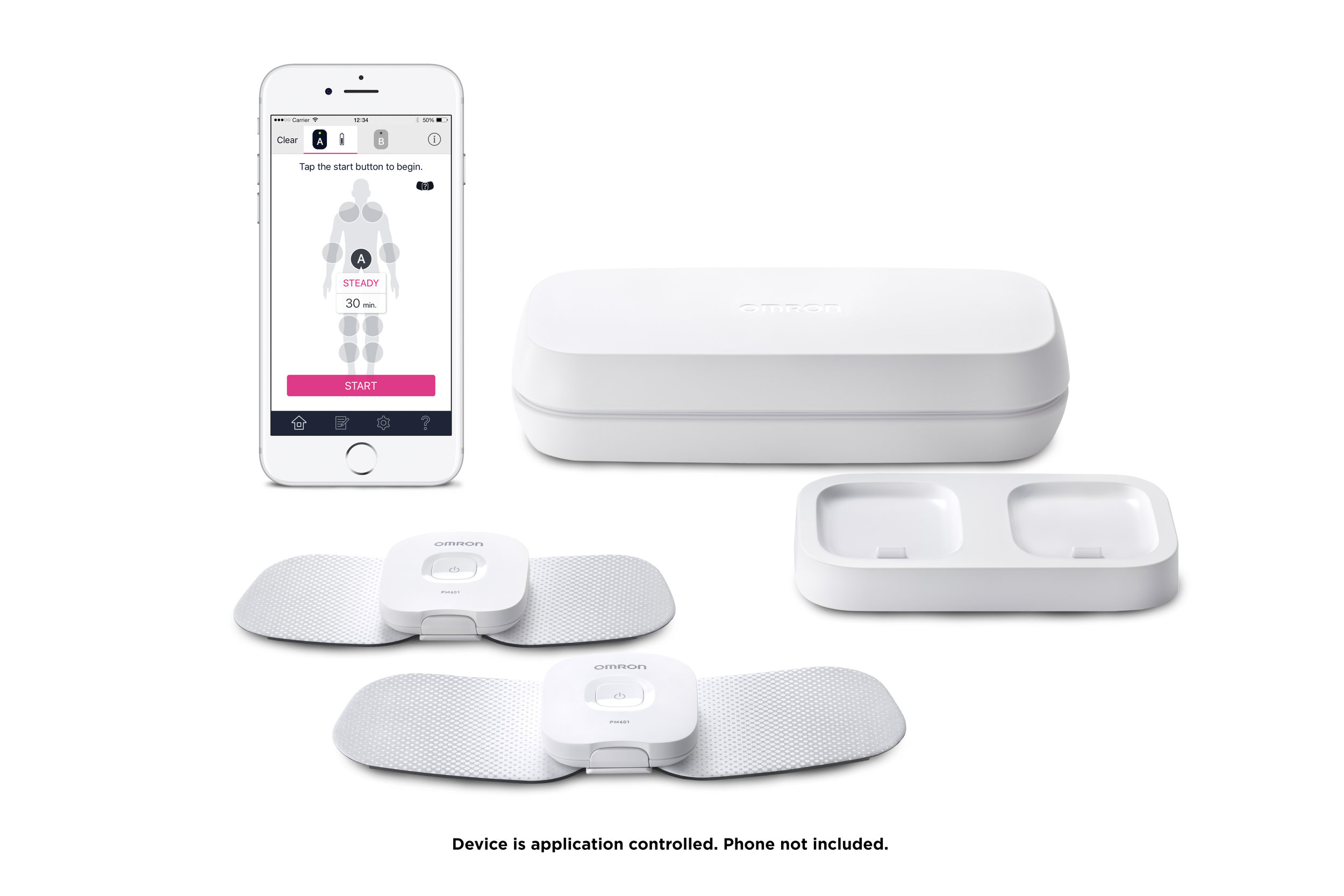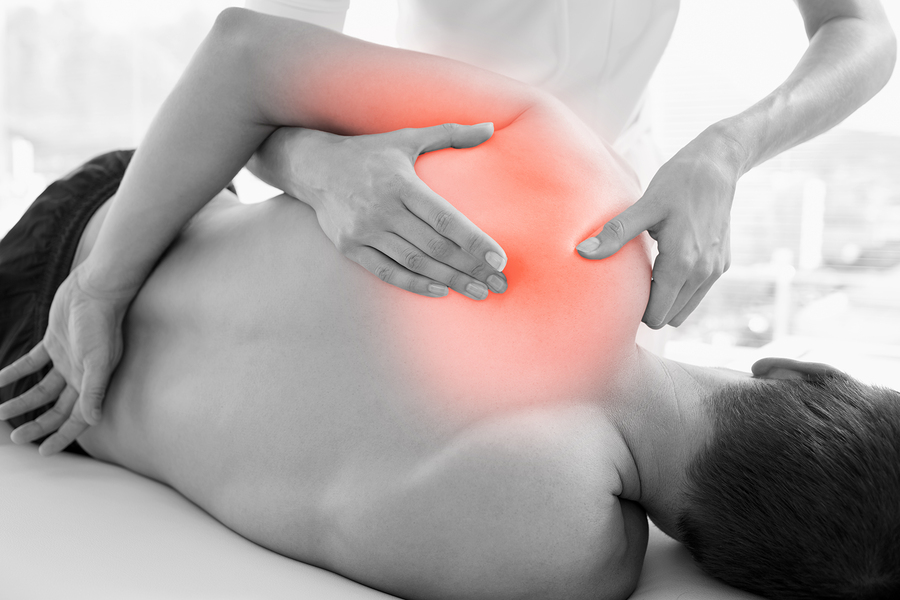Wear, Tear & Care: Second Thoughts About SpineGym
/By Jennifer Kilgore, PNN Columnist
I wrote a story last year about an IndieGoGo campaign for the SpineGym, an exercise device that helps people alleviate lower back pain by developing their back and abdominal muscles.
The device sells for $198 and, according to the SpineGym website, is the most successful Finnish product ever to use international crowdfunding sources.
INDIEGOGO
I received a complimentary version of the SpineGym to review, and I really, really liked it. The product itself is helpful, and I feel that it performs as advertised.
I haven’t developed a six-pack or anything, but it does seem to target some problem areas in my back that don’t get exercised enough by traditional means.
Then I started noticing some Tweets in which I’d been tagged. Thousands of people who invested in SpineGym or reserved it for loved ones are still waiting for their devices.
“Ordered a ‘spine gym’ via @Indiegogo in 2016, still have not received my ‘gym’ nor any answer. They have been anything but forthcoming, to the point of evasive. I am trying to just get an answer, but nothing but erroneous updates. Terrible,” said one Tweet.
“Bought mine for my dad. It will be two years in July. It would have helped him. Now too late,” said another Tweet.
SpineGym received an astonishing 928% in funding, almost $1.8 million. The campaign closed two years ago, and yet to date only about 200 of the 5,546 backers on IndieGogo and 2,255 on Kickstarter have received a SpineGym.
The company’s website still offers the product for sale and says that “SpineGym is used widely around the world to strengthen the core and to improve physical ability and well-being.”
‘Not Going to Put Up With This’
Meanwhile, angry backers have not received the product they were promised.
“If I hear nothing by Friday as I said, I’m putting a formal complaint in with my credit card company to get my money back,” a backer wrote on IndieGogo last week. “Not going to put up with this.”
While sites like IndieGogo are fundraising sites, not sale sites, the question must be asked: What happened to the $1.7 million raised on IndieGogo and the $460,000 on Kickstarter?
Why is SpineGym available for commercial sale but not available to backers, who’d provided money for the venture in the first place?
I sent an email to SpineGym’s customer service, asking what the problem is. Many of the individuals with whom I’ve corresponded on Twitter said they’ve tried emailing customer service and filing complaints, only to receive silence in response.
INDIEGOGO
I received a response that same day. SpineGym's explanation (with no name attached to their email) was that the initial interest far overpowered their tiny team, and that this meant “re-designing the product, re-designing the manufacturing [sic] re-planning the chain of sub-contractors processes as well as the logistic chain.”
They also said they are currently looking for an additional customer service representative to handle the “huge amount of questions” from backers. They do state, however, they are “100% sure” that backers will receive their products, though it is taking far longer than they’d anticipated.
There is little explanation as to why such overwhelming interest warranted the entire redesign of their product. SpineGym noted delays regarding additional manufacturing issues, namely the baseplates, which were substituted with a new laminate more resistant to scratching and dirt. The company says new production samples are under final tests “at this very moment” and, if they pass review, will be shipped to backers this month.
At present, backers have little recourse aside from contacting SpineGym’s customer service and opening a claim. IndieGogo and Kickstarter have no options available, given that the campaigns have ended and all the money raised have been disbursed to the company. Technically, the campaigns were successful -- very successful -- so it’s not a matter of capital. It’s a matter of principle.
Despite my best intentions, I recommended a product that swindled backers out of hundreds of dollars. There is no reason why a plastic mat with two swiveling arms should take this long to create, regardless of redesigns, revamps, or whatever else SpineGym claims.
I will keep an eye on this situation and will hopefully have a better report soon. I recommend that backers keep up the pressure.
Jennifer Kain Kilgore is an attorney editor for both Enjuris.com and the Association of International Law Firm Networks. She has chronic back and neck pain after two car accidents.
You can read more about Jennifer on her blog, Wear, Tear, & Care.
The information in this column should not be considered as professional medical advice, diagnosis or treatment. It is for informational purposes only and represents the author’s opinions alone. It does not inherently express or reflect the views, opinions and/or positions of Pain News Network.




































